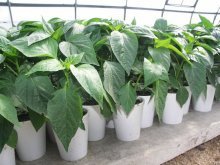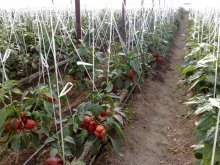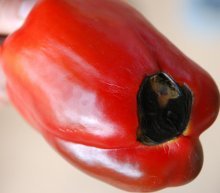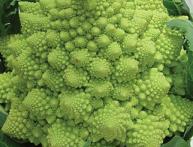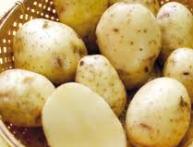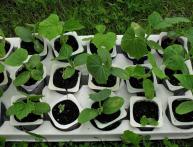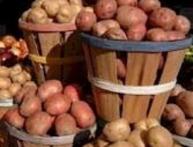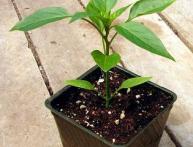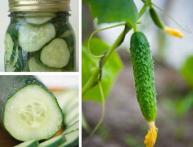Pepper Latino - early ripening sweet hybrid
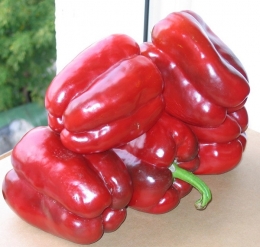
Almost all gardeners grow sweet bell peppers. It is not just tasty, but also healthy. It contains a lot of ascorbic acid, carotene and other vitamins and minerals. Its taste is difficult to confuse with anything else; it is determined by the small content of the alkaloid capsaicin.
Content:
Benefits of Latino pepper

When choosing varieties for planting sweet bell peppers, pay attention to the early-ripening sweet hybrid Latino F1. The letter F1 means that if you collect the seeds of the grown vegetable and try to plant it next year, a plant may grow that is different from the mother one. But don’t be upset about this, the seeds are not that expensive. If you like the hybrid, just buy them again next year. And there is a lot to like here. Firstly, this hybrid is early ripening, producing fruits within 100-110 days after sowing. This means that if you sow it for seedlings in March, you can get fresh produce in June. Secondly, pepper Latino is distinguished by its high yield. With proper care, it gives a yield of up to 16 kg/m2, and the fruits have a cuboid shape, walls up to 1 cm thick and dimensions of approximately 12x12 cm and a bright red color. In the southern regions, this hybrid can be grown in open ground, in central, northern and Siberia - it is better in a greenhouse, otherwise the harvest will be much smaller, and so will the fruits themselves.
How to grow seedlings
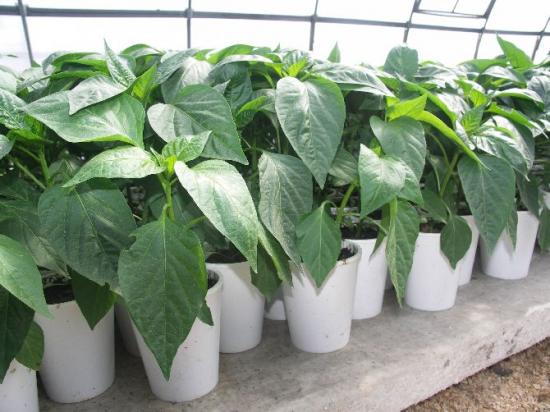
Strong healthy seedling - the key to a good harvest, so its cultivation should be approached with all responsibility. Bell pepper seeds are difficult to germinate, so before planting they are soaked in a solution of some growth stimulant. When they swell well (after 2 days), they are planted in peat tablets and lightly sprinkled with damp soil. The tablets, of course, must first be saturated with water so that they become shaped like barrels and placed in a container. After sowing, close the container with a transparent lid or polyethylene to create a greenhouse effect inside.
In about a week, the seeds will germinate. When they have two or three true leaves, we remove the outer mesh from the tablets and bury them in separate containers with fertile soil. It is important that they are not transparent; the root system must be protected from light. You can choose peat pots or simply wrap regular plastic glasses in dark paper. If you are planting different varieties, be sure to label them with their names. To do this, you can buy plastic knives at a hardware store, label them with the name of the pepper or hybrid and stick it in the ground next to it. The seedlings do not require additional feeding, but they do need additional lighting. You can use regular table lamps by screwing in energy-saving lamps.
Features of garden care
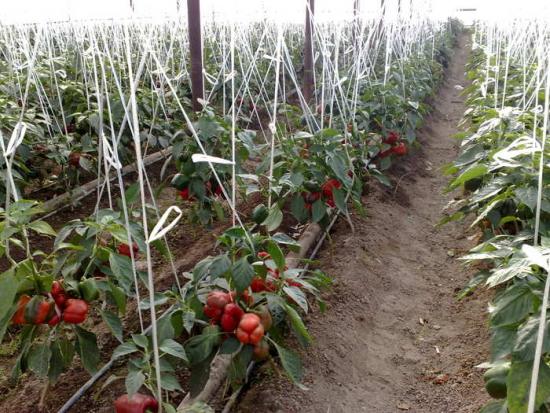
Seedlings are planted in cloudy weather or in the evening and protected from direct sunlight for the first few days. When growing in open ground or a greenhouse, it is necessary to weed, water a couple of times a week and feed twice a month with complete mineral fertilizer, alternating its application with watering with mullein infusion.If your pepper is growing in a greenhouse, you should provide it with a temperature of 20-25 degrees. In order not to have to run around opening and closing the greenhouse, especially if it is located far from your place of residence, it is convenient to install a hydraulic cylinder on a window or door. This unit will open the greenhouse when the set temperature is exceeded and close it otherwise. Its work is based on the property of bodies to expand when heated. When heated, the hydraulic cylinder pushes out the rod fixed on the window or door and opens it.
Peppers reach a height of about one meter and usually do not require staking in the same way as tomato bushes, since the trunk becomes woody. But if the plant is too covered with fruits, it is better to tie it up so that it does not break under their weight. Peppers are best picked at the stage of technical ripeness, when they have a dark green color. They will turn red beautifully if they are placed in boxes in a dark room, and during this time the grateful bush will set the next batch of fruits. When autumn frosts approach, several bushes can be transplanted into a pot, and they will bear fruit in your home all next winter.
Diseases and pests

Latino pepper is resistant to the tobacco mosaic virus, but is not immune to aphids and spider mites. If plants are damaged, they will have to be sprayed with insecticides. Late blight It does not affect peppers as often as tomatoes, but it still happens. In this case, special means “Barrier” and “Barrier” will help.

